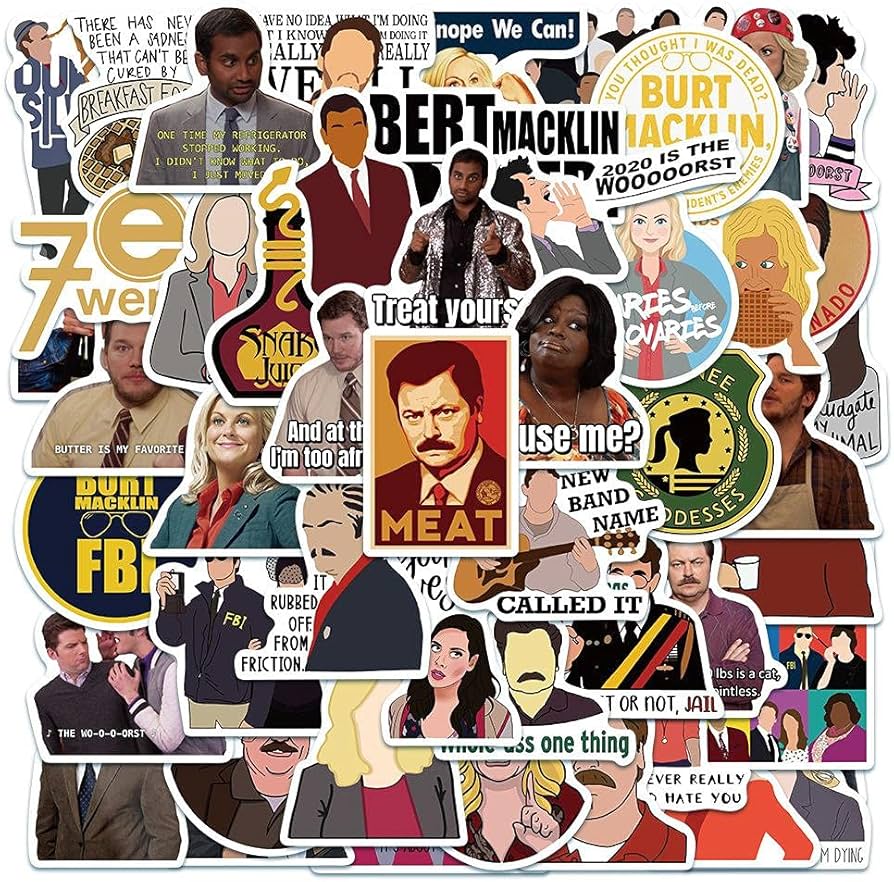Are Price, Quality, & Convenience USPs Anymore?

The conventional aspects of price, quality, and convenience have become commonplace for customers. It does not differentiate enough.
Obtaining value from a product or service has historically required making certain sacrifices in order to meet certain criteria. If I want to spend the least amount of money, I have to give up some of the quality. If I want the choice that is the most convenient for me, I’ll have to spend a little bit extra.
On the other hand, the contemporary consumer is used to a market that reassures them they don’t need to make any sacrifices since they have more choices, tools, and resources at their disposal than any consumer in history has ever had. They are able to have it all, and they need to expect to get it all as well. In order for companies to be successful and develop in the future, we need to discover ways to separate ourselves from our competitors while still living up to the high expectations of today’s customers. In order to do this, companies need to differentiate themselves by putting an emphasis on customer service and ease.
Price, quality, level of service, and ease of access are the four primary components that make up the value.
When Cost and Performance were Priorities
Price and quality are traditionally the two levers that companies might pull to enhance their value offer. At the same time, larger companies possessed the economies of scale necessary to sustain a considerable market share while still providing excellent goods at competitive prices. However, the nature of the contemporary economy has made it possible for smaller rivals to upend that reality. The development of new digital and manufacturing technologies has decreased the hurdles to entry for smaller rivals. As a result, these competitors may now grow their audiences and produce more quickly than ever before, posing a challenge to companies that are already in the market. As a direct consequence of this, there will be fewer opportunities to differentiate oneself from competitors by using factors such as price or quality.
(even Walmart and Big Bazaar, both price leaders realised that price can’t be a differentiator alone https://onlykutts.com/index.php/2021/06/27/cheap-is-passe/)
Then Came Convenience
After price and quality, came the aspect of convenience. With the mushrooming of options in terms of products and services, the importance of this aspect has decreased.
There is a great deal of untapped potential in using the other component of value, which is service, to help companies differentiate themselves from their rivals and satisfy the expectations of customers.
The less tangible aspects of value include things like customer service and care. Even though they are not as obvious as price, quality, or convenience, intangible consumer requirements, such as the need for experience and the hunt for headspace, are becoming more essential to consumers in today’s society. These needs are addressed by these products. There is a consensus among Millennials, that no matter how hard they try, there never seems to be enough time in the day to complete all of the tasks that need to be completed. Consequently, there is a strong need for ease of use and attentive care in each and every transaction in the market. To put it another way, companies that provide this demand will see growth.
The Key to Differentiation in the Future Will Be Customer Service and Care
In the case of Best Buy, in the midst of a wave of retail bankruptcies and shop closings in the last few years, the company was able to achieve financial success. The consumer electronics shop started out by matching the expectations of its customers regarding pricing and quality. It matched the pricing offered on Amazon and gave priority to high-quality sellers located in the shop. As a result of this levelling of the playing field, Best Buy increased its focus on service by enhancing the user experiences of its website and app, rethinking the way its employees are trained, and growing its Geek Squad and in-home consulting offerings. All of these efforts were made in the spirit of providing service, and they contributed to Best Buy’s success as its competitors struggled to maintain their footing.
Take, for example, the online retailer Chewy, which is giving Amazon a run for its money in the market for pet care goods. The provision of excellent service to customers has always been Chewy’s primary focus. Chewy and Amazon, when compared like for like, nearly provide the same selection of items. Nevertheless, Chewy has been able to separate itself from Amazon by providing an exceptional shopping experience for its customers. In every engagement, Chewy strives to go above and beyond what is expected of them by their customers. One of the team’s goals may be to pick up the phone within the first six seconds of it ringing. Another strategy is to respond to all of the customer’s inquiries without having to transfer or escalate the conversation with them. One of the most custom and spectacular instances was when they sent more than six million handwritten Christmas cards out to its consumers, which cost the firm about $100,000 just in postal costs alone. Its service quality requirements are even better than those of Amazon, so it should not come as a surprise that it has achieved a top line of $8 billion in a very short period of time.
The contemporary customer has high expectations, and businesses that concentrate on innovation in customer care will have an easier time not just satisfying those expectations but also benefiting from them.
Reference
https://www.brandingstrategyinsider.com/why-price-and-quality-are-weaker-differentiators/



